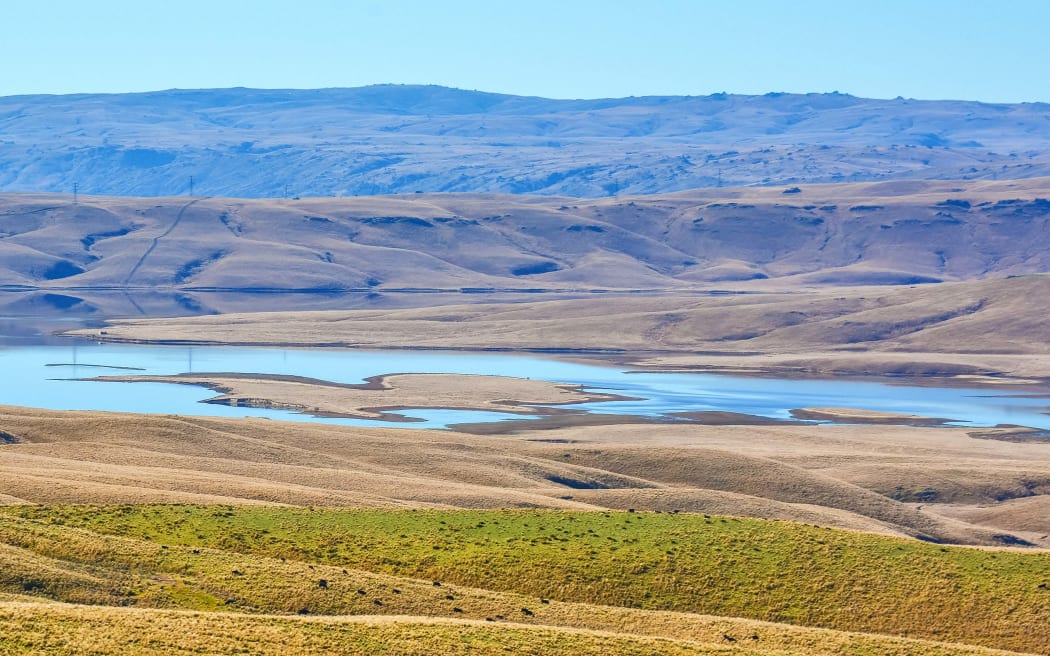The government of New Zealand has confirmed that it will develop a detailed business case for a pumped hydro scheme at Lake Onslow, as it seeks to build “a resilient, affordable, secure and decarbonized energy system.”
Energy Minister Megan Woods said the Lake Onslow facility is central to the New Zealand Battery Project, which has been established to explore how best to solve the dry year problem – when low rainfall limits existing hydro-electricity supply – without using fossil fuels.
“Until we address the dry year problem, we will continue to rely on burning expensive and polluting fossil fuels to produce our electricity,” Woods said. “Pumped hydro is an ingenious way of storing energy in a big reservoir, which is released into a lower reservoir when more power is needed, like a giant battery.”
It has been estimated that there can be an energy deficit of between 3 TWh and 5 TWh in the worst dry years, about 10% of the nation’s current annual energy needs.
The pumped hydro scheme at Lake Onslow is expected to provide between 3 TWh and 8.5 TWh of annual generation and storage capacity, depending on the scope of the enlarged lake.
First-phase investigations showing the project would take approximately seven to nine years to build.
“We always knew that any dry year battery storage solution will require significant investment, that’s why it’s important we thoroughly test these scenarios and get it right,” Woods said. “Now some more detailed work has been done we have a much clearer picture of the projected costs which differ significantly from the 2006 high-level costings. The next phase will be to dig even further before we look at spending such a huge amount of money, but one thing we do know is that doing nothing to plan for climate change is not an option.”
Woods said the government will also continue to investigate an alternative option that would involve a portfolio of technologies, including burning biomass, geothermal energy and green hydrogen, as well as a smaller pumped hydro scheme in the central North Island. The alternative portfolio option would cost about $13.5 billion, Woods said, but it would have much higher operating costs than the Lake Onslow pumped hydro project.
A detailed business case will likely be developed by the end of next year. A final investment decision will take another two years to make.
This content is protected by copyright and may not be reused. If you want to cooperate with us and would like to reuse some of our content, please contact: editors@pv-magazine.com.




1 comment
By submitting this form you agree to pv magazine using your data for the purposes of publishing your comment.
Your personal data will only be disclosed or otherwise transmitted to third parties for the purposes of spam filtering or if this is necessary for technical maintenance of the website. Any other transfer to third parties will not take place unless this is justified on the basis of applicable data protection regulations or if pv magazine is legally obliged to do so.
You may revoke this consent at any time with effect for the future, in which case your personal data will be deleted immediately. Otherwise, your data will be deleted if pv magazine has processed your request or the purpose of data storage is fulfilled.
Further information on data privacy can be found in our Data Protection Policy.